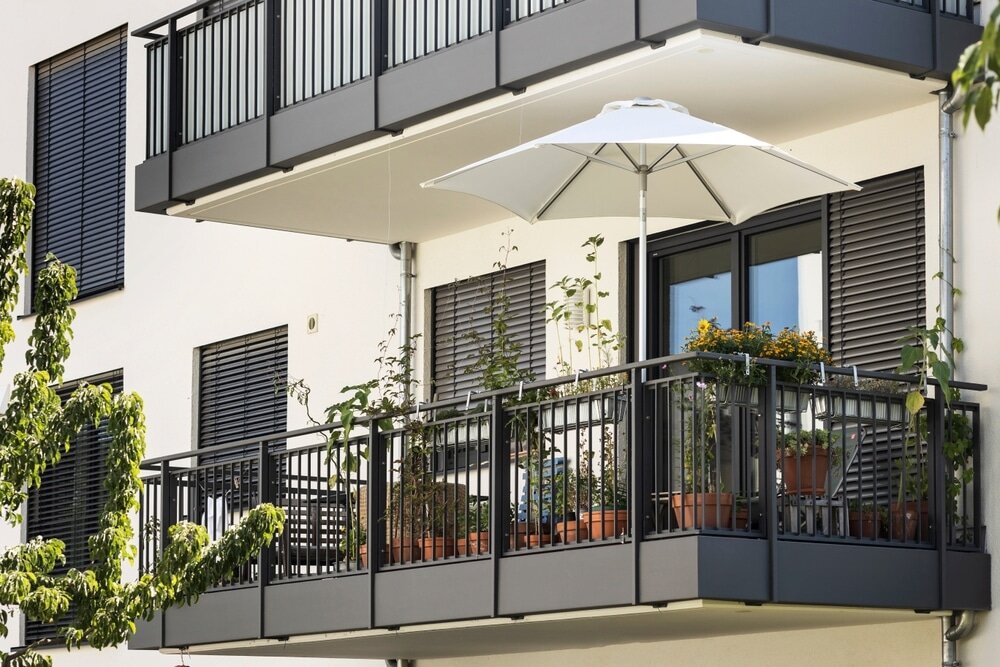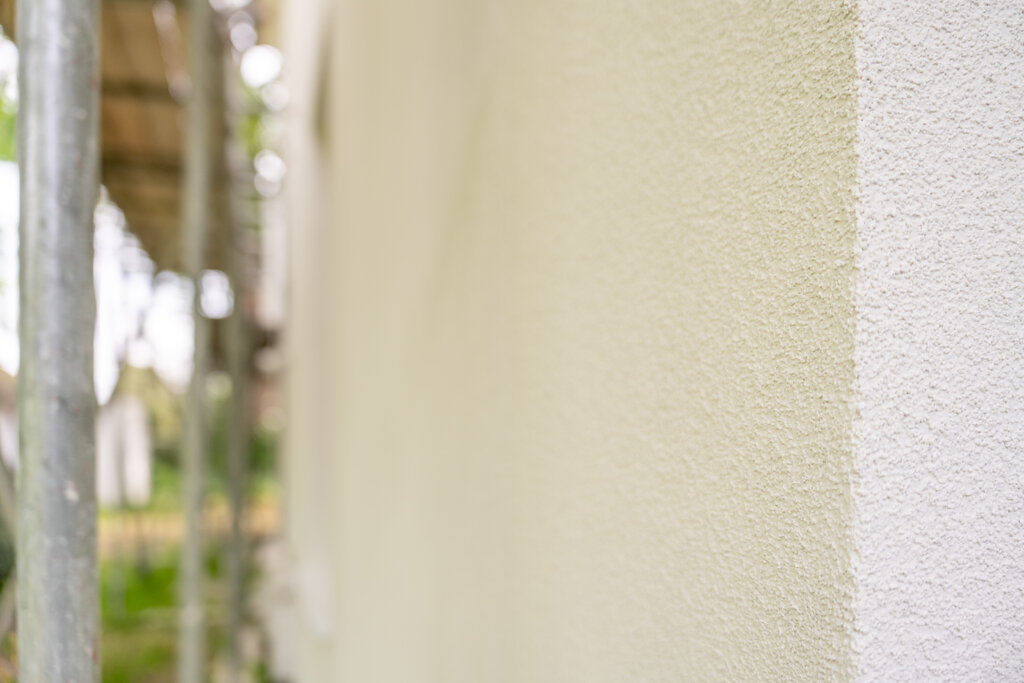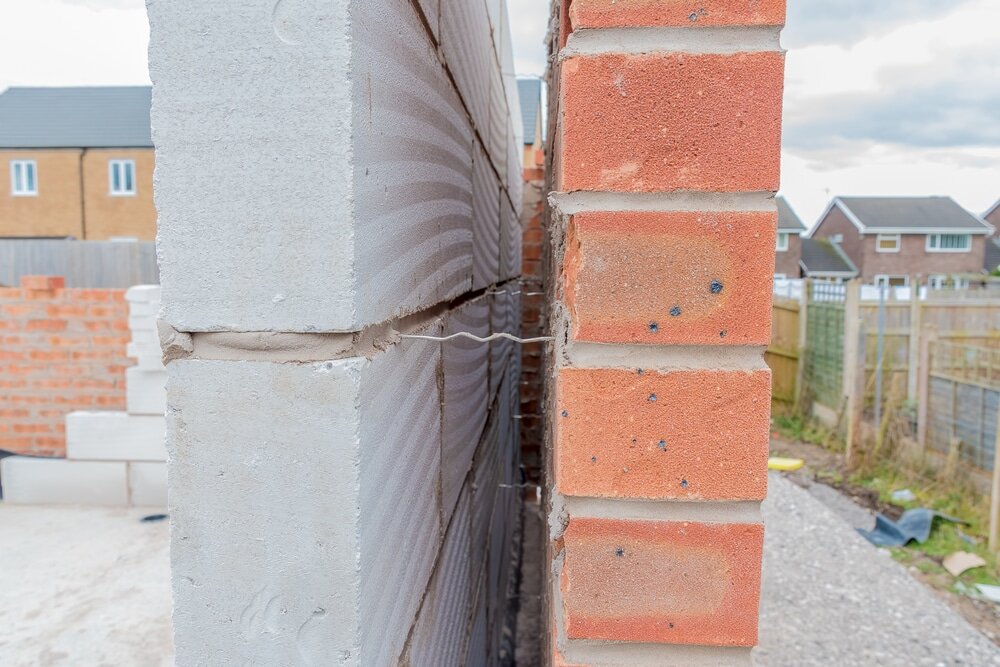
In the realm of building construction and energy efficiency, the concept of thermal bridges plays a pivotal role. A thermal bridge, often referred to as a cold bridge or heat bridge, is a section of a building which has a significantly higher heat transfer than the surrounding materials. This can lead to an array of issues, such as increased energy consumption, reduced interior comfort, and even the potential for condensation and mould growth. Understanding the different types of thermal bridges is crucial for architects, builders, and homeowners alike.
Structural thermal bridges
Structural thermal bridges are particularly significant in the context of building design and energy efficiency. They occur at points in a building where the structure itself forms a direct path for heat to transfer between the interior and the exterior. This can happen regardless of the presence of insulation in other parts of the building.
Examples
- Balconies and Decks: Concrete balconies or decks that are directly connected to the interior floor slab are classic examples. The concrete, being a good conductor of heat, allows heat to flow from the inside of the building to the outside, bypassing any insulative layers in the walls.
- Wall Ties and Beams: Steel or concrete wall ties and beams that connect the external and internal layers of a wall are also typical structural thermal bridges. These elements conduct heat much more effectively than the insulated wall sections, leading to localised heat loss.
- Foundation-to-Wall Junctions: Where the building’s foundation meets the wall, especially in basements or below-grade sections, can create a thermal bridge. This is often due to a continuity break in the insulation where the foundation and the wall materials meet.

Impacts
Structural thermal bridges can lead to significant energy loss, as they allow heat to escape more readily from a building. This can result in higher heating costs in the winter and increased cooling costs in the summer. These bridges can also create cold spots on the interior surfaces, leading to condensation. This moisture build-up can result in mould growth, which is detrimental to both the building’s structure and the occupants’ health.
Mitigation
- Thermal Breaks: Incorporating thermal breaks, which are insulative materials, in the structure can help reduce the heat flow. For instance, using insulated balcony connectors can prevent the balcony from becoming a thermal bridge.
- Design Considerations: Thoughtful architectural design can minimise structural thermal bridges. For example, designing a balcony that is not structurally connected to the internal floor slab can significantly reduce heat transfer.
- Enhanced Insulation: Applying extra insulation at known points of thermal bridging, such as around beams and at foundation joints, can help mitigate the effects.
- Thermal Modelling: Using advanced thermal modelling during the design phase can identify potential thermal bridges and allow for the implementation of strategies to address them before construction.
Geometric thermal bridges
Geometric thermal bridges occur due to the specific shapes and contours of a building's design. Unlike structural thermal bridges, which are a result of the materials or construction techniques used, geometric thermal bridges are a consequence of the building's architectural design, particularly at corners, edges, and junctions. These areas typically have a higher external surface area to internal volume ratio, which can lead to disproportionate heat loss.
Examples
- External Corners: Where two external walls meet, the increased surface area can lead to greater heat loss compared to a flat wall. This is because the corner has more exposure to external temperatures.
- Roof-Wall Junctions: The point where the roof meets the walls can create a thermal bridge, especially in designs where insulation continuity is broken or not properly aligned.
- Window Reveals: The recess around windows, especially in thicker walls, can be a source of thermal bridging. The depth and angle of the reveal can impact how much heat is lost through these areas.
- Floor-to-Wall Junctions: The edges where floors meet external walls can also be problematic, especially in multi-storey buildings or buildings with cantilevered floors.

Impacts
Like other types of thermal bridges, geometric thermal bridges can lead to increased heat loss, making the building less energy efficient. These areas can also become cold spots, leading to condensation and potential mould growth, which can harm the building's structural integrity and indoor air quality. The uneven temperature distribution can affect the thermal comfort inside the building, leading to perceptibly colder areas.
Mitigation
- Insulation Continuity: Ensuring continuous insulation across these junctions is crucial. This might involve using special insulative materials or techniques that maintain insulation coverage even in complex geometric areas.
- Thermal Bridge Modelling: Advanced software can model these thermal bridges during the design phase, allowing architects to modify designs to minimise heat loss.
- Clever Architectural Design: Simple design changes, like avoiding sharp corners or designing eaves that provide shading and reduce exposure, can reduce the impact of geometric thermal bridges.
- Innovative Building Materials: Using materials with better insulative properties or incorporating thermal break materials in these junctions can greatly reduce the effects of geometric thermal bridges.
Material thermal bridges
Material thermal bridges occur when building materials with different thermal conductivities come into contact. This type of thermal bridging is particularly significant because it directly relates to the choice of materials used in construction. Materials with high thermal conductivity, like metal, can create a path for heat to bypass insulating materials, leading to increased heat transfer.
Examples
- Metal Fasteners and Fixings: Metal components such as wall ties, nails, and screws, which are used to hold together different layers of a building, can act as thermal bridges. Even small metal elements can have a disproportionately large impact on overall thermal performance.
- Window Frames and Glazing: Metal window frames are a typical example of material thermal bridges. The metal conducts heat much more effectively than surrounding materials like glass or wall insulation, leading to heat loss.
- Structural Elements: Beams, columns, and other structural elements made from materials like steel or reinforced concrete can form thermal bridges if they extend from the interior to the exterior of a building.
- Service Penetrations: Pipes, ducts, and electrical conduits made from materials with high thermal conductivity can create thermal bridges where they pass through insulated parts of a building.

Impacts
Material thermal bridges can significantly reduce a building's overall energy efficiency by allowing heat to escape more easily. These bridges can result in higher heating and cooling costs as they make it harder to maintain consistent indoor temperatures. Like other types of thermal bridges, they can cause cold spots on internal surfaces, leading to condensation and potential mould growth.
Mitigation
- Use of Thermal Breaks: Incorporating thermal breaks – insulative materials placed in the path of a thermal bridge – can significantly reduce heat transfer. For instance, using thermally broken window frames can minimise the heat lost through the frame.
- Material Selection: Choosing materials with similar thermal properties for adjacent elements can reduce the formation of thermal bridges. For example, selecting window frames made of materials with lower thermal conductivity, like uPVC or composite materials, instead of metal.
- Design Modifications: Designing structural elements so that they do not extend from the inside to the outside of the building can help avoid creating thermal bridges.
- Improved Insulation Techniques: Applying additional insulation around areas where material thermal bridges are likely, such as around metal fasteners or service penetrations, can help mitigate their effects.
Air leakage
Air leakage thermal bridges are often less visible but equally significant compared to other types of thermal bridges. They occur when unintended gaps or cracks in the building envelope allow warm air to escape and cold air to enter, or vice versa. This uncontrolled air movement not only carries heat but also moisture, potentially impacting the building's thermal efficiency and indoor air quality.
Examples
- Gaps Around Windows and Doors: Imperfect sealing around window and door frames can allow air to leak, creating a pathway for heat transfer.
- Junctions between Different Building Elements: Where different building elements meet, such as wall-to-roof or wall-to-floor junctions, small gaps can often occur, leading to air leakage.
- Penetrations for Services: Openings for electrical, plumbing, and HVAC systems are common sites for air leakage, especially if these penetrations are not sealed properly.
- Cracks in Walls and Roof: Over time, buildings can develop fine cracks in walls, ceilings, and roofs due to settling or structural movement, which can become pathways for air leakage.
Impacts
Air leakage leads to higher energy consumption as heating or cooling systems work harder to maintain a comfortable indoor temperature. Drafts and uneven temperatures caused by air leakage can significantly reduce occupant comfort. Moist air entering the building envelope can condense, leading to dampness and mould growth, potentially damaging the structure and affecting indoor air quality.
Mitigation
- Airtight Construction: Building designs should focus on creating an airtight envelope, using materials and construction techniques that minimise gaps and cracks.
- Sealing and Caulking: Using sealants around windows, doors, and service penetrations is essential to prevent air leakage. This includes caulking gaps and applying weather-stripping.
- Regular Maintenance and Inspections: Buildings should be regularly inspected for air leaks, particularly around known weak points, and any gaps or cracks should be sealed promptly.
- Mechanical Ventilation: In very airtight buildings, controlled mechanical ventilation is necessary to ensure adequate indoor air quality without relying on natural air leaks.
- Blower Door Tests: These tests can identify air leaks in a building by depressurising it and revealing where air is infiltrating or escaping.
Repeating Thermal Bridges
Repeating thermal bridges are a distinctive type of thermal bridging that occurs in buildings with repetitive structural elements or patterns. These bridges are formed when components like studs, joists, or rafters, which have a higher thermal conductivity than the insulation material, are used at regular intervals, creating a pattern of thermal bridges.
Examples
- Wood or Metal Studs in Walls: In typical framed construction, studs can act as thermal bridges. Even with insulation between the studs, the studs themselves can transfer heat at a higher rate, leading to an overall reduction in wall insulation effectiveness.
- Floor Joists and Ceiling Rafters: Similar to wall studs, joists and rafters in floors and ceilings can create repeating patterns of thermal bridging, reducing the thermal performance of these building elements.
- Balcony Slabs in Apartment Buildings: In multi-storey buildings, balcony slabs that extend from the interior floor slab can form a repeating thermal bridge at each floor level.
Impacts
The overall insulation value of a wall, floor, or roof can be significantly lower than expected due to the thermal bridging effect of these repeating elements. As a result of reduced insulation effectiveness, more energy is required to maintain comfortable indoor temperatures, leading to higher heating and cooling costs. The colder surfaces created by repeating thermal bridges can lead to condensation and associated issues like mould growth and material degradation.
Mitigation
- Thermal Break Materials: Incorporating materials that act as thermal breaks, such as rigid insulation boards, between the structural elements and the building exterior can reduce heat transfer.
- Advanced Framing Techniques: Techniques like staggered stud or double stud walls can minimise the number of thermal bridges in a wall assembly.
- Continuous External Insulation: Applying insulation continuously over the exterior of the building, including over studs, joists, or rafters, can significantly improve the overall thermal performance.
- Enhanced Design and Construction: Careful design and precise construction can help in aligning insulation more effectively, ensuring that it is continuous and uninterrupted by structural elements.
- Thermal Bridging Simulation: Using software to simulate the thermal performance of building designs can help identify and address repeating thermal bridges before construction.
